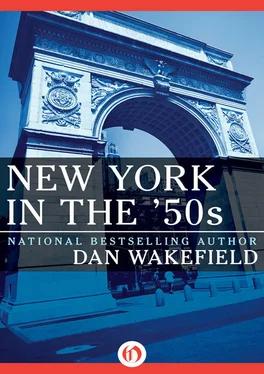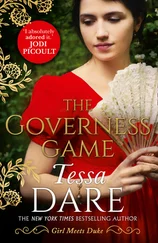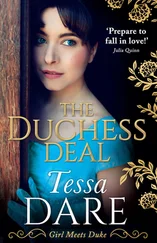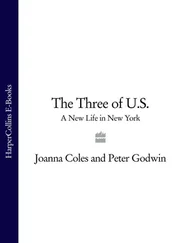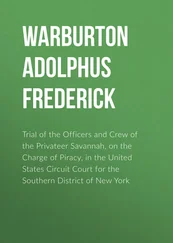The only undergraduates who were barred from studying with Trilling, Van Doren, and the other stars of that golden age of Columbia’s English department were the Barnard students. Women were not yet first-class citizens in academia, and college classes were segregated according to sex—though on isolated occasions a Columbia boy brought a girl to sit in on a popular professor’s class like a date.
Marion Magid, who was a student at Barnard in the fifties, says, “We weren’t allowed to take the famous Columbia courses—in retrospect, it’s the only thing I feel resentful about. You never questioned that Trilling was for the boys and you were a girl, so you had to make do. Barnard was its own little world on the other side of Broadway. One was aware that high-class thinking was going on across the street.”
Lynne Sharon Schwartz—who would write a brilliant novel, Disturbances in the Field , which followed the lives of three Barnard students through middle age—says that as a student she didn’t take any courses with Van Doren or Trilling because “I felt that was for the men. I felt very cut off from all that, what was going on across the street.” She believes that Barnard’s hiring of two young working writers as faculty members—Robert Pack, a poet, and the novelist George P. Elliot—helped nurture a creative “outburst” in fiction among Barnard students of the late fifties, whose literary ranks included Lynne herself, novelists Rosellen Brown, Joyce Johnson, and the late Norma Klein, poet Judy Sherwin, and dance critic Tobi Tobias.
Though Trilling’s donnish manner made some people think him aloof, he was always accessible and supportive of his students, especially the aspiring writers. On a spring day in 1953, Trilling walked in the park along the Hudson River below the campus, holding the hand of his four-year-old son, James, and talking with his student Ivan Gold. Ivan was going to graduate in June, and wondered, if his goal in life was to write fiction, whether he should go to grad school for an M.A. in literature, which would also get him a draft deferment from service during the ongoing Korean War (or “conflict,” as it was called), or whether he should go ahead into the Army. Trilling admitted that he, too, wanted most of all to be a fiction writer, and said he regarded the literary criticism he did as secondary to the novel and short stories he had written. He didn’t see academic life as the best route to Ivan’s goal. “If you want to write, Mr. Gold,” he said, “stay away from graduate school.”
Ivan took the advice and was drafted after graduation. “Trilling was right, of course, the way those guys [our Columbia professors] always were,” he says, looking back nearly forty years later. “After I got back from the Army and living in Japan, I did go to graduate school on the GI Bill for a while, but I couldn’t hack it.”
Ned O’Gorman, who met Van Doren and Trilling while he was a graduate student at Columbia in the fifties, says, “I sent Mark Van Doren every poem I ever wrote, and he sent me a postcard or letter the next day with his comments. Lionel met my adopted son, Ricky, at the Aspen Institute, and I have a picture of him cutting a watermelon with him. Trilling didn’t know how to cut a watermelon, and he’s cutting it the wrong way. It’s a picture I treasure. Those men were surrogate fathers for many of us.”
When Sam Astrachan was a junior at Columbia and his father died, Trilling got him a scholarship that lasted until graduation. When Sam showed Trilling part of his first novel, the professor got his student into Yaddo, the writers’ colony, to finish it, and then sent the book to another former student, Robert Giroux, who published Astrachan’s An End to Dying at Farrar, Straus.
In a letter Sam Astrachan wrote me last year from his home in Gordes, in the south of France, he said of Trilling, “When he died, I felt I had lost a father.”
Van Doren and Trilling were more to us than lions.
The young lion of Columbia’s faculty in the fifties was a brash, dynamic sociologist up from Texas, C. Wright Mills, who had made a name for himself beyond the academy with a provocative new book on the American middle class called White Collar , and was working on a similar but even more controversial critique of the upper classes called The Power Elite . If Mark Van Doren and Lionel Trilling epitomized in their personal style and the thrust of their work the best of traditional values, C. Wright Mills was a harbinger of the anti-establishment future.
Impossible to picture in the confinement of a three-piece suit—he even rebelled against wearing a tie—Mills roared down to Columbia on the BMW motorcycle he drove from his house in Rock-land County, outfitted in work boots, helmet, flannel shirt, and heavy-duty corduroys. His broad chest was crisscrossed with canvas straps of duffel bags bearing books, a canteen, and packages of the prepared food he took on camping trips, which he heated up in his office to save time. He looked like a guerrilla warrior ready to do battle, and in a way he was.
I first became interested in Mills when my classmate Mike Naver pointed out to me an ad for White Collar that was part of an enticement for joining the Book Find Club, and I signed up to get Mills’s work as a bonus. White Collar moved and excited me, as it had so many readers who, I’d heard, wrote letters to the author, responding to the issues he raised and also seeking his advice on problems, for the book seemed to address the deep discontent people felt about their jobs and their circumscribed futures. With its sharp critique of the growing impersonality of white-collar work, it touched my own typical fifties fear, shared by many of my fellow students, that we’d lockstep into some automated, sterile future. But the very articulation of the fear raised hope that we might transcend it.
I was eager to see the author of this powerful work in action in the classroom, but I had to get his permission to take his seminar, which was limited to “qualified” students. I waited for my quarry in the cold, cheerless lobby of Hamilton Hall, ambushed Mills on the way to the elevator, and squeezed in beside him. Riding in an elevator with Mills felt like riding in a Volkswagen with an elephant, not so much because of his size—he was a little over six feet tall and weighed two hundred pounds—but because of a sense of restlessness and ready-to-burst energy about him.
Mills fired the requisite questions at me in a rather aggressive, discouraging tone, and I’m sure my answers made obvious my lack of academic qualifications for the course, which I compensated for with enthusiasm. I trotted out my credentials as a journalist and threw in my admiration for White Collar . When the elevator ejected the crowd at his floor, Mills glanced back at me and said simply, “O.K.”
Mills at thirty-eight was an exhilarating teacher. He stalked the room or pounded his fist on the table to emphasize a point, surprising us with ideas that seemed utopian, except he was so convinced of their practicality you couldn’t dismiss them as mere theory. He shocked us out of our torpor by challenging each of us to build our own house, as he had done himself. He even insisted that, if he applied himself, any man could build his own car —a feat not even Mills performed, though he made an intensive study of German engines and loved to tinker with them.
Mills urged us, as part of a new generation coming of age, to abandon the cities, which he felt were already hopelessly dehumanizing, and set up small, self-governing units around the country. His vision of communities where people could develop crafts and skills and work with their hands was in some way acted out in the communes of the sixties, though the drug culture would have been completely foreign to Mills. The yearning for such an independent and self-sufficient way of life that Mills expressed in the fifties was part of the message that so excited his audience.
Читать дальше
